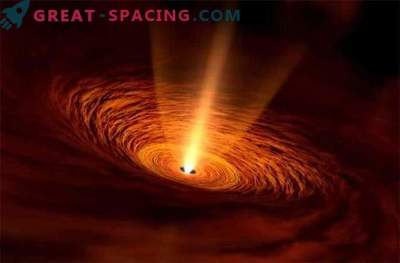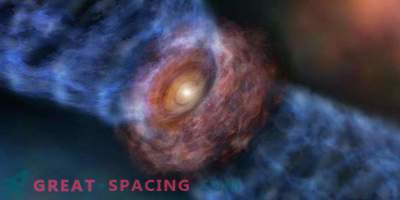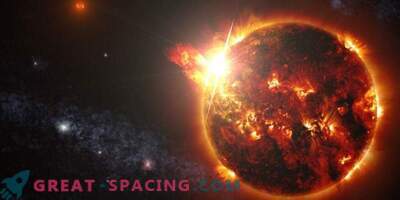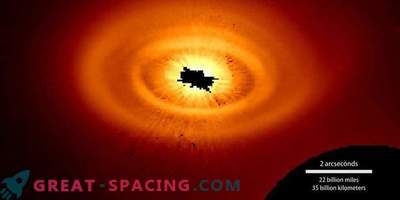
Dutch astronomers were able to tilt and squeeze the gas disks in which the planetary formation takes place with the help of a virtual wind tunnel. Now you can find an explanation for the inclined planetary orbits in our system.
The star that has appeared is surrounded by a gas and dust disk, which acts as a raw material platform for future planets. Scientists believe that our gas disk has bent due to movement through the gas. To find confirmation, they placed a star and a gas disk in a virtual wind tunnel and conducted tests in various conditions.

The initial point is shown on the left. In the center - the situation after 250 years, then - after 500 years and after 1000 In the video you can see the tilt of the disk. It is also noticeable how the outer layers are separated by the flow, and the disk itself is compressed and pulls out the gas.
Theoretically, this describes the process of narrowing the disk and allows you to create new simulations. This was done with the Trapezium cluster, which is 1300 light-years distant from us. It turned out that disk collisions are not as important as the role of the trapped gas.
Future research suggests studying the effects of a shrinking disk on planetary formation. There is a thought that those created outside the system of the planet can approach their star.











































